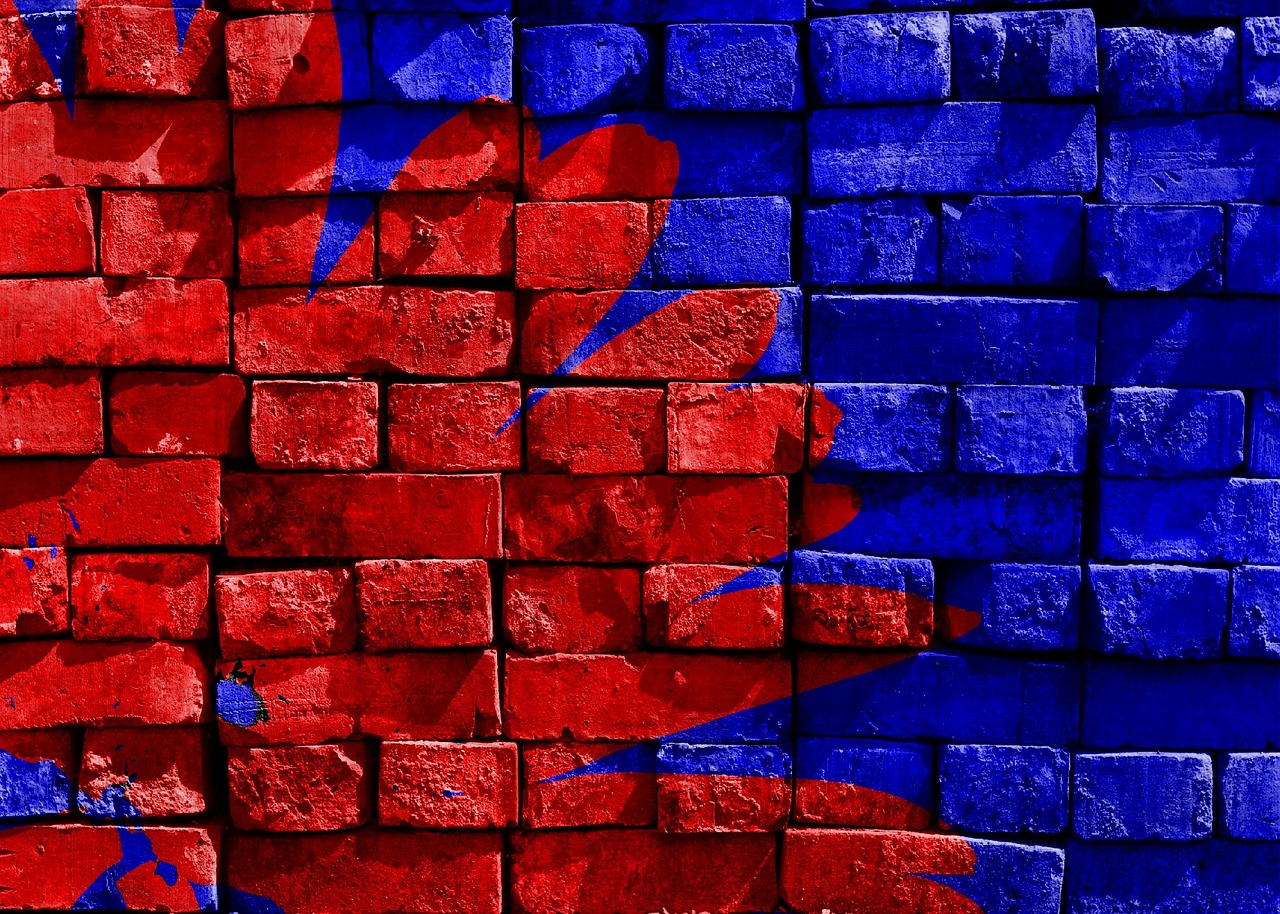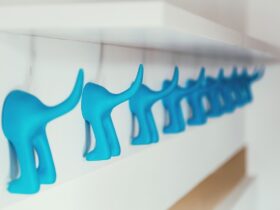Color mixing is a fascinating aspect of art, design, and everyday life. It’s the process of combining different hues to create new ones, unlocking a spectrum of possibilities. One of the most common questions asked by beginners and curious minds alike is, “What color does red and blue make?” Let’s delve into the science and art behind this intriguing blend.
The Basics of Color Mixing
Before we explore the result of mixing red and blue, it’s essential to understand some fundamentals of color theory. Colors are typically classified into three primary categories: primary, secondary, and tertiary.
Primary colors: red, blue, and yellow—are hues that cannot be created by mixing other colors.
Secondary colors: such as green, orange, and purple, result from mixing two primary colors.
Tertiary colors are achieved by mixing primary and secondary colors.
Red and Blue
When red and blue are mixed together, the result depends on various factors, including the specific shades of red and blue, the medium being used (such as paint, light, or digital colors), and the proportions in which they are mixed.
Subtractive color mixing
It involves physical substances like paint or ink, combining red and blue produces purple. This is because red and blue are both primary colors in the subtractive color model. When mixed together, they absorb different wavelengths of light, resulting in the perception of purple.
Additive color mixing
It involves light sources like screens or projectors, red and blue combine to create magenta. In this model, red, green, and blue are primary colors. When red and blue light are projected or overlapped, they stimulate the eye’s receptors to perceive magenta, a secondary color in the additive color model.
The Importance of Color Perception
Understanding color mixing not only enriches artistic endeavors but also has practical applications in various fields. In graphic design, interior decorating, and branding, knowing how colors interact enables creators to evoke specific emotions, convey messages, and create visually appealing compositions.
color perception can influence human psychology and behavior. Different colors can evoke different moods and responses, impacting everything from product packaging to website design.
Conclusion
“What color does red and blue make?” It’s a simple question with complex answers, influenced by factors ranging from color theory principles to human perception. Whether it’s mixing paint on a canvas, adjusting digital hues on a screen, or simply admiring the colors of nature, understanding the intricacies of color mixing enhances our appreciation of the world around us. So, the next time you blend red and blue, remember the vibrant spectrum of possibilities waiting to be discovered.


